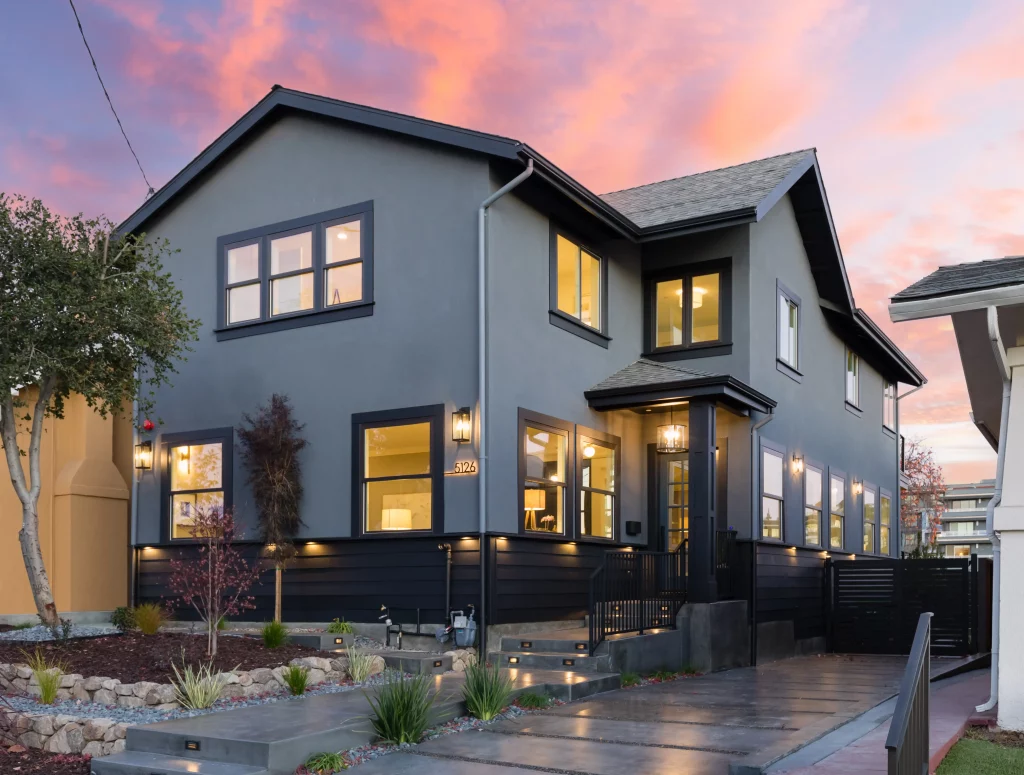With an eye-opening mix of architectural creativity, economic viability, and regulatory hurdles, additional dwelling unit cost has become a focal point in discussions about addressing California’s housing shortage.
Whether you’re a homeowner contemplating building an additional dwelling unit (ADU) or simply curious about this burgeoning trend, understanding the cost dynamics is crucial.
Join us as we uncover the factors influencing ADU costs in California and discover how these small but mighty living spaces are making big waves in one of America’s most dynamic real estate markets.

What Is An Accessory Dwelling Unit (ADU)?
ADUs are also known as granny flats, in-law suites, or backyard cottages.
They provide homeowners with the flexibility to house extended family members, generate rental income, or simply increase the overall value of their property.
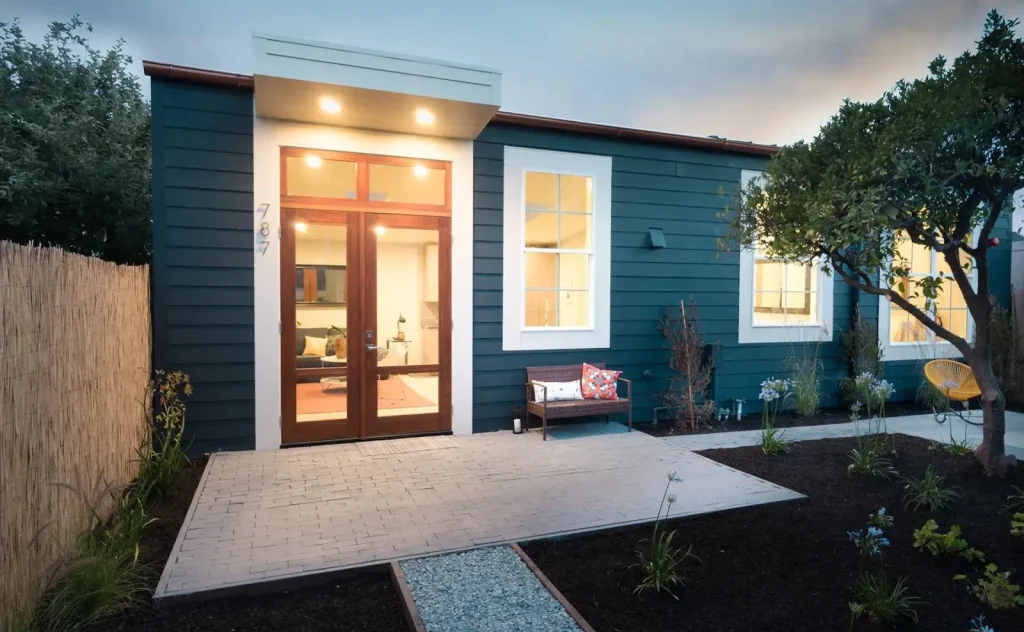
One of the key benefits of an ADU is its potential to increase affordable housing options without requiring new construction on undeveloped land.
However, it’s essential to carefully consider the additional dwelling unit cost and regulations imposed by local zoning laws and building codes when planning for an ADU.
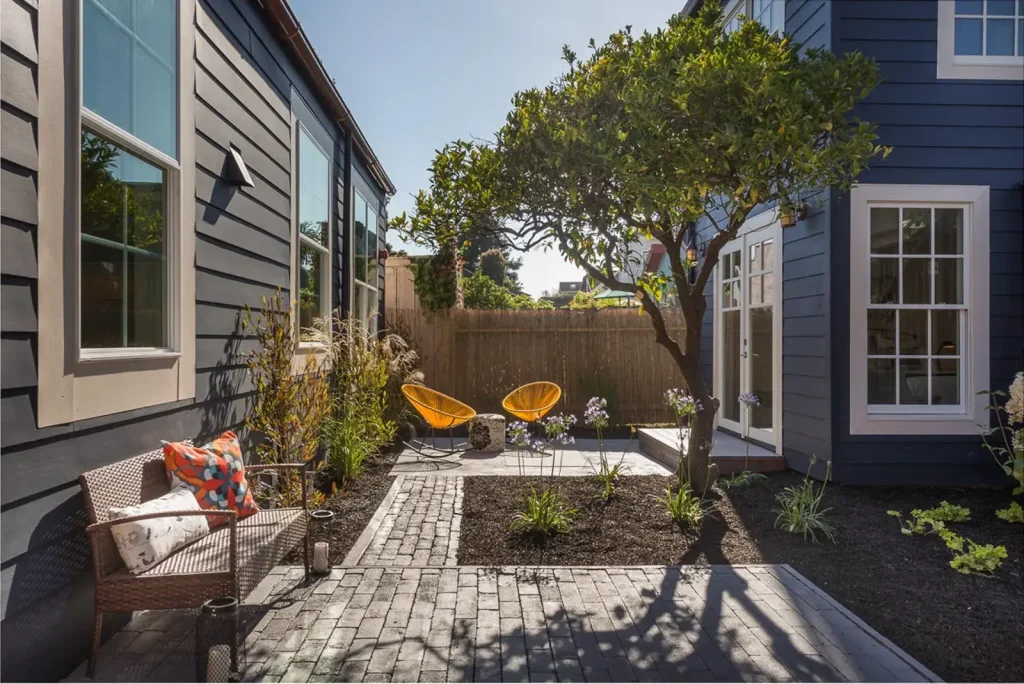
When considering constructing an accessory dwelling unit, it’s crucial for homeowners to factor in associated expenses such as construction costs, utility connections, and potential permit fees.
Understanding proper budgeting and consulting with professionals can help ensure that building an ADU remains financially feasible while also providing valuable additional living space on the property.
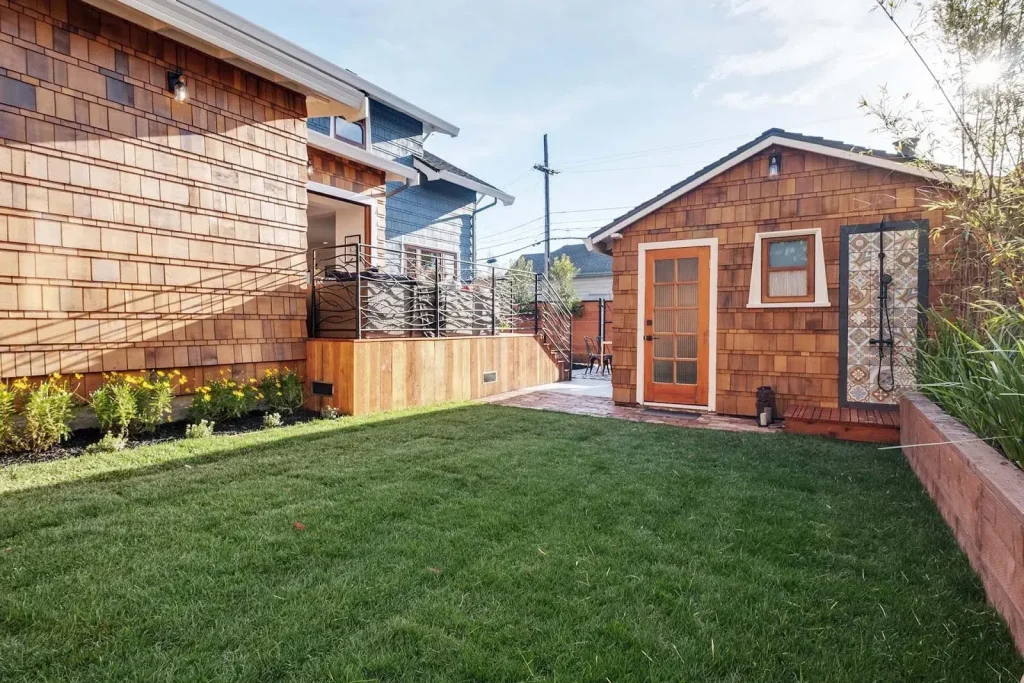
Factors Influencing ADU Cost
When considering additional dwelling unit cost, several factors come into play.
The size and layout of the unit can significantly influence the overall cost, as larger or more complex designs typically require more materials and labor.
Additionally, local building codes and zoning regulations can impact costs, as meeting these requirements may necessitate specific construction methods or materials that could increase expenses.

Furthermore, site conditions such as soil quality and topography can also influence ADU costs, as they may require additional foundation work or site preparation.
Other factors to consider include the level of finishes and amenities desired, such as high-end fixtures or custom cabinetry, which can greatly impact the final price tag.
Ultimately, understanding these various factors is crucial for homeowners looking to build an ADU to make informed decisions about their budget and project goals.

California’s ADU Regulations and Requirements
California’s ADU regulations have undergone significant changes in recent years to ease the process of building additional dwelling units on residential properties.
The state has implemented various reforms to streamline the permitting process and reduce bureaucratic hurdles, making it more feasible for homeowners to add ADUs to their properties.
These changes have resulted in a surge of interest in ADU construction across California, as homeowners seek to capitalize on the potential rental income or create space for multi-generational living.

Despite the efforts to simplify regulations, additional dwelling unit cost remains a concern for many homeowners.
In addition to construction expenses, there are costs associated with obtaining permits, conducting impact assessments, and ensuring compliance with local building codes.
As a result, understanding the full scope of ADU requirements and associated costs is essential for anyone considering this type of expansion on their property.
Working with experienced professionals who can navigate these regulations and provide accurate cost estimates is crucial for those looking to embark on an ADU project in California.
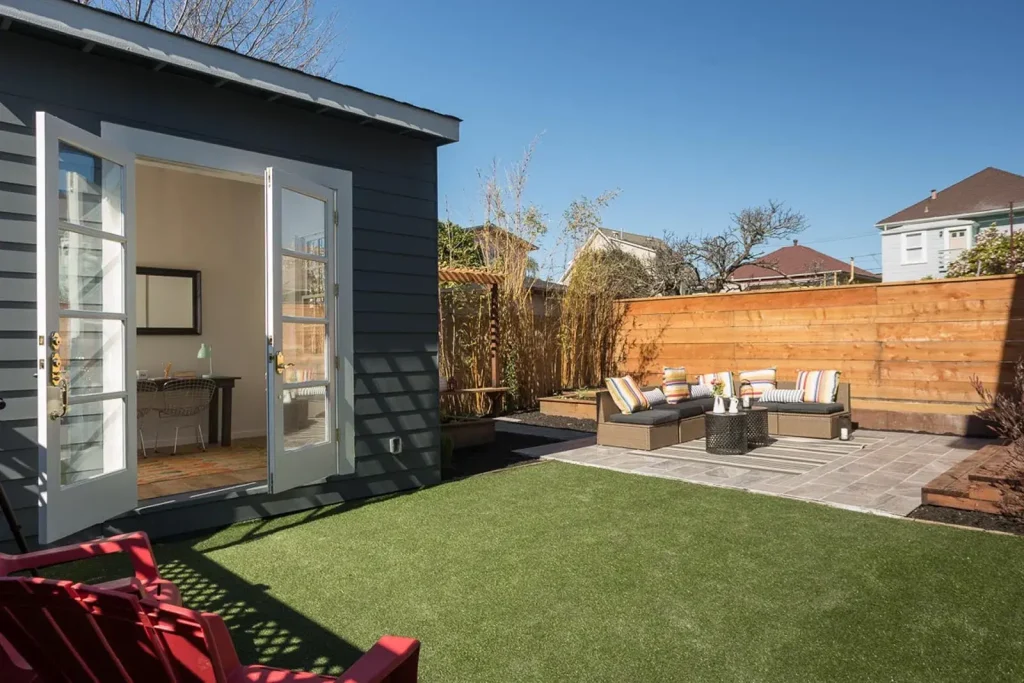
1. Lower Price Point: DIY and Prefabricated ADUs
DIY and prefabricated ADUs offer an attractive option for those looking for a lower price point.
With the potential to save money on labor and construction costs, DIY ADU kits provide a budget-friendly alternative to traditional building methods.
These kits often come with step-by-step instructions, allowing homeowners to take a hands-on approach in constructing their own ADU.
On the other hand, prefabricated ADUs offer a streamlined construction process that can result in significant cost savings.
With efficient material use and factory assembly, these units can be built at a fraction of the cost of traditional on-site construction.
Additionally, the ability to customize designs and finishes provides homeowners with flexibility while still reaping the benefits of reduced costs associated with prefab structures.
As more individuals seek affordable housing solutions, DIY and prefabricated ADUs present an innovative approach to addressing additional dwelling unit cost concerns.
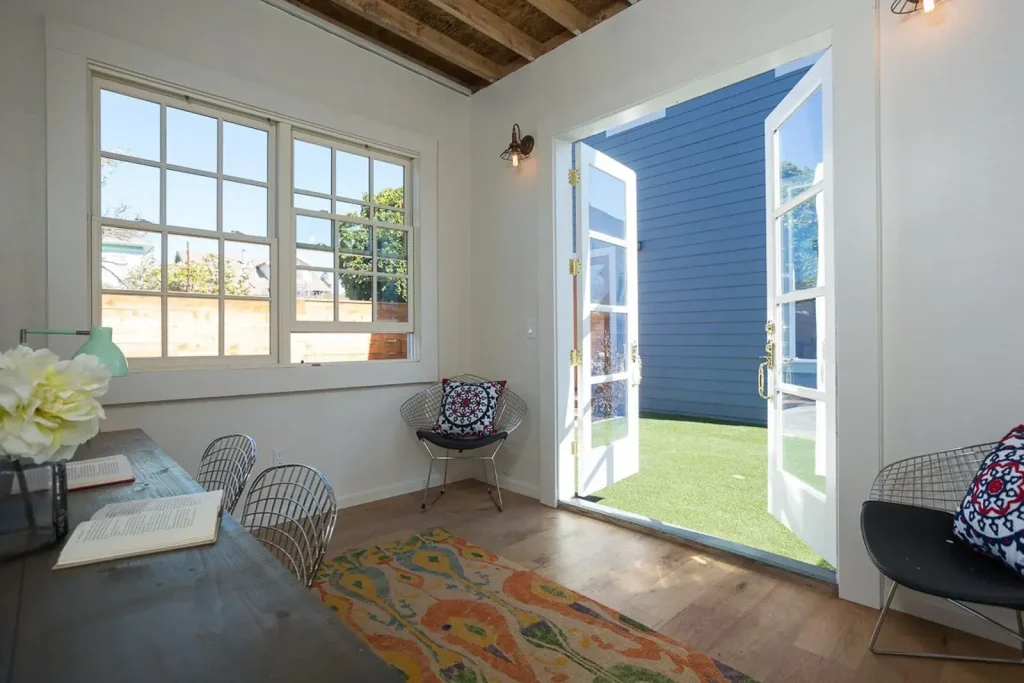
2. Middle Price Point: Custom Built ADUs with Contractor
The middle price point for custom-built ADUs with a contractor offers an attractive balance between quality and affordability.
While the initial cost may be higher than DIY options, the expertise and experience of a skilled contractor can add significant value to the end result.
Working with a reputable contractor also provides peace of mind, as they can handle complex permitting processes and ensure that the construction meets local building codes.
One fresh insight is that the additional dwelling unit cost at this price point often includes customized design features that reflect the homeowner’s preferences and style.
From layouts optimized for multifunctional living spaces to premium finishes and energy-efficient upgrades, homeowners can truly tailor their ADU to suit their needs.
Moreover, engaging a contractor for a mid-range project could lead to long-term savings by avoiding costly mistakes or future repairs due to subpar workmanship.
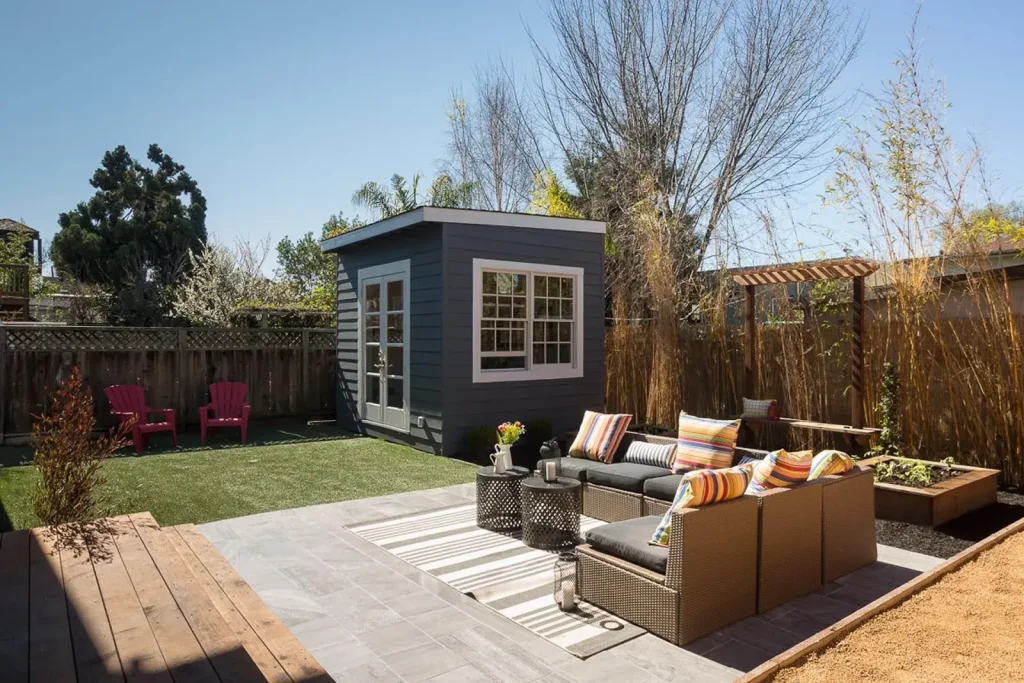
Choosing a middle price point for custom-built ADUs with a contractor offers an excellent balance between upfront investment and long-term benefits.
The additional dwelling unit cost reflects the value of expert craftsmanship, tailored design elements, and professional oversight throughout the construction process.
Ultimately, this approach empowers homeowners to create functional yet personalized spaces while ensuring that their ADUs meet high-quality standards for years to come.

3. Higher Price Point: Luxury Features and Upgrades
When it comes to higher price points in real estate, luxury features and upgrades play a significant role in justifying the additional dwelling unit cost.
These premium elements elevate the overall living experience, offering exclusivity and unmatched sophistication to discerning buyers.
From custom-designed kitchens with state-of-the-art appliances to opulent spa-like bathrooms and smart home automation systems, these lavish amenities cater to those who prioritize comfort and elegance above all else.
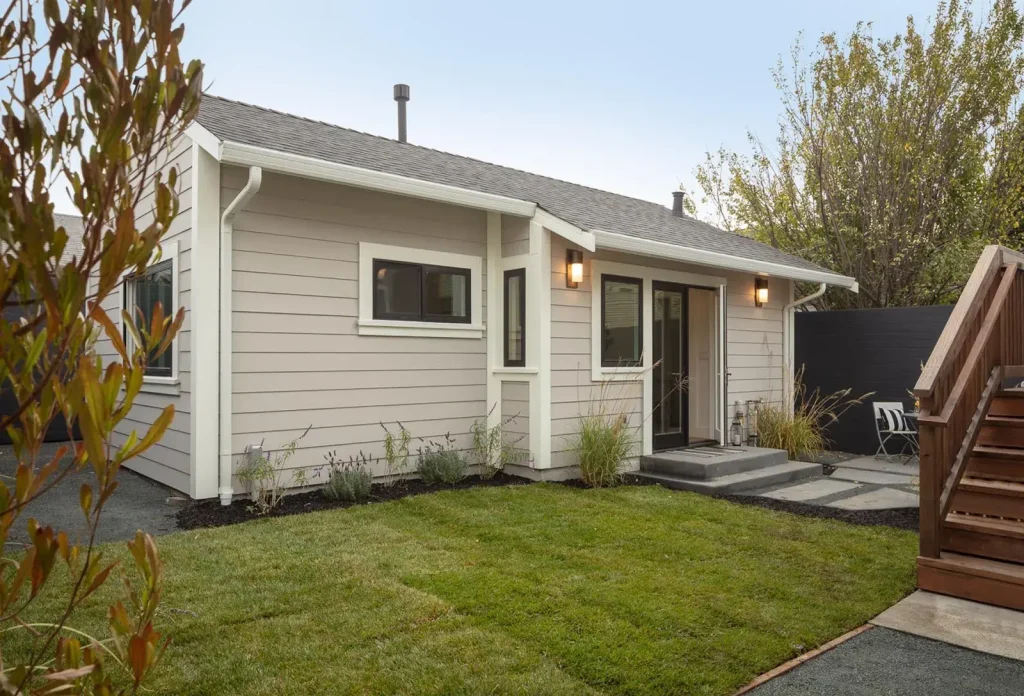
Furthermore, high-end finishes such as marble countertops, hardwood flooring, and designer lighting fixtures enhance the aesthetic appeal of a property, creating an atmosphere of refined luxury.
Beyond aesthetics, sustainable and energy-efficient technologies have become a focal point for premium properties, offering eco-friendly solutions that align with modern sensibilities.
In essence, the combination of opulent features and technological advancements within higher-priced residential units reflects a commitment to providing unparalleled quality that transcends mere tangible value.

Strategies to Lower ADU Costs
When considering strategies to lower ADU costs, it’s crucial to start with efficient design and layout.
By maximizing the use of space and focusing on functionality, homeowners can minimize construction expenses without sacrificing quality.
Prefabricated or modular building methods can also be a game-changer in reducing ADU costs, as these off-site construction processes often streamline labor and material expenses while maintaining high-quality standards.
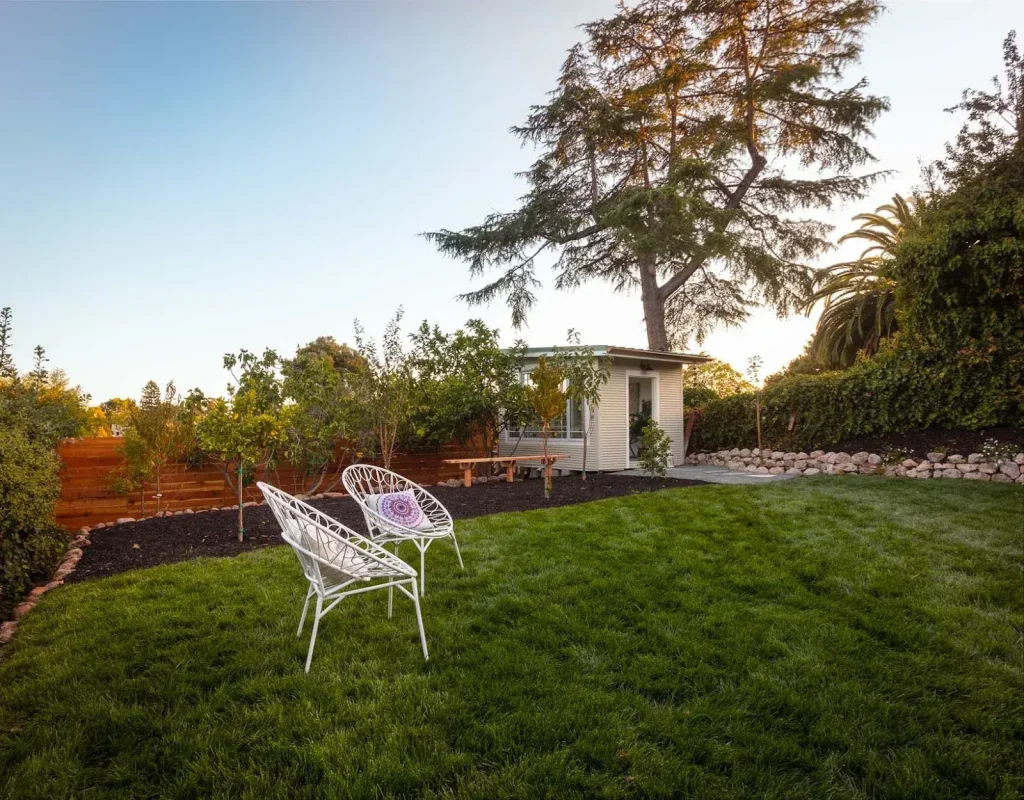
Another key strategy to lower ADU costs is through strategic material selection and sourcing.
Opting for cost-effective yet durable materials, such as engineered wood products and recycled materials, can significantly impact the overall project budget.
Additionally, leveraging energy-efficient systems and sustainable practices not only aligns with eco-friendly principles but also leads to long-term cost savings for the homeowner.
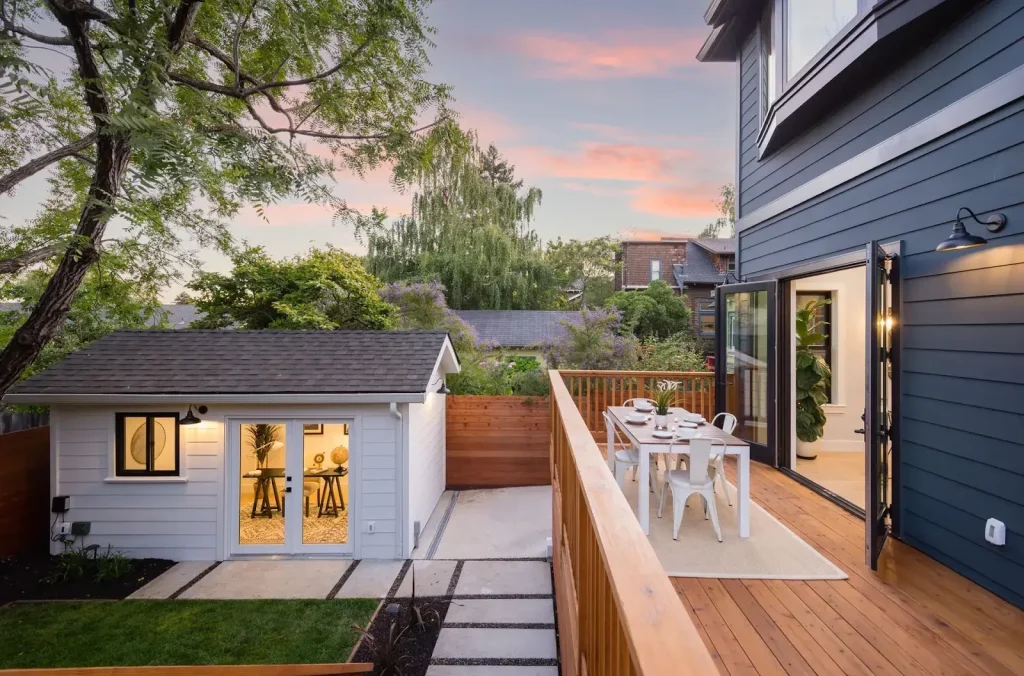
By employing innovative approaches like digital modeling and 3D printing technology, homeowners can better visualize their ADU plans while fine-tuning designs for optimal value engineering.
These advanced tools empower individuals to make informed decisions that drive down unnecessary expenses while emphasizing practicality and affordability in every aspect of the ADU construction process.
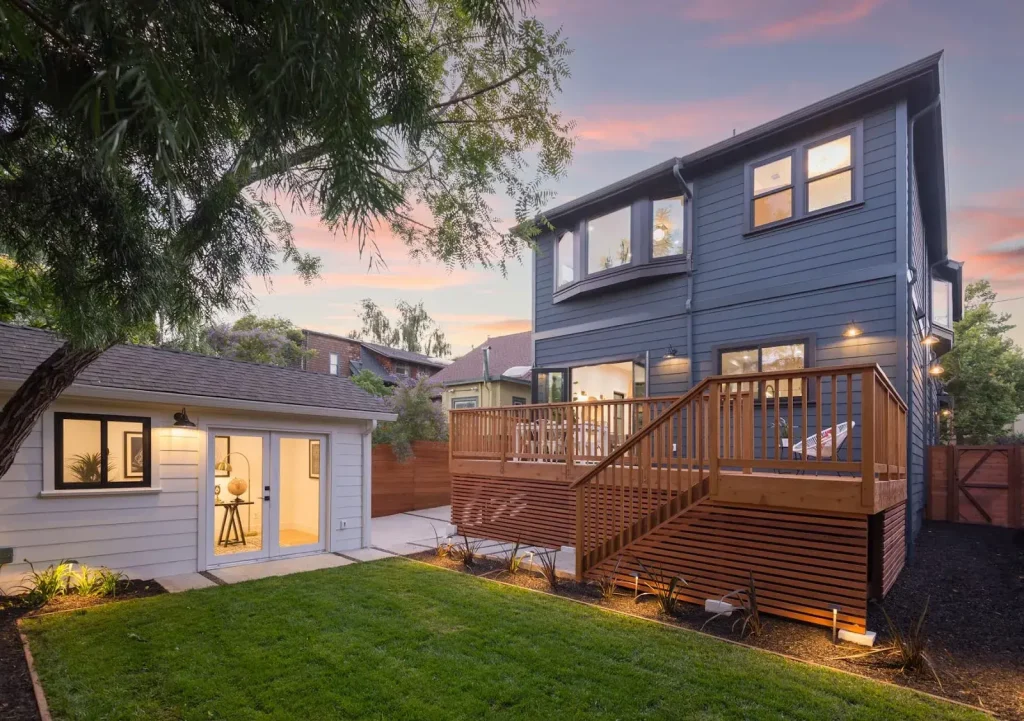
The Future of ADU Affordability
The cost of building accessory dwelling units in California varies significantly based on factors such as location, size, and materials used.
It is clear that there is no one-size-fits-all answer when it comes to pricing these additional living spaces.
However, with careful planning and consideration of all the associated costs, homeowners can make informed decisions about whether adding an accessory dwelling unit is a feasible option for them.
As demand for housing continues to rise in California, exploring alternative living arrangements like ADUs could be a viable solution.
Ultimately, individuals interested in building an accessory dwelling unit should consult with local experts and consider all available options to ensure they are making the most cost-effective decision for their specific needs.

